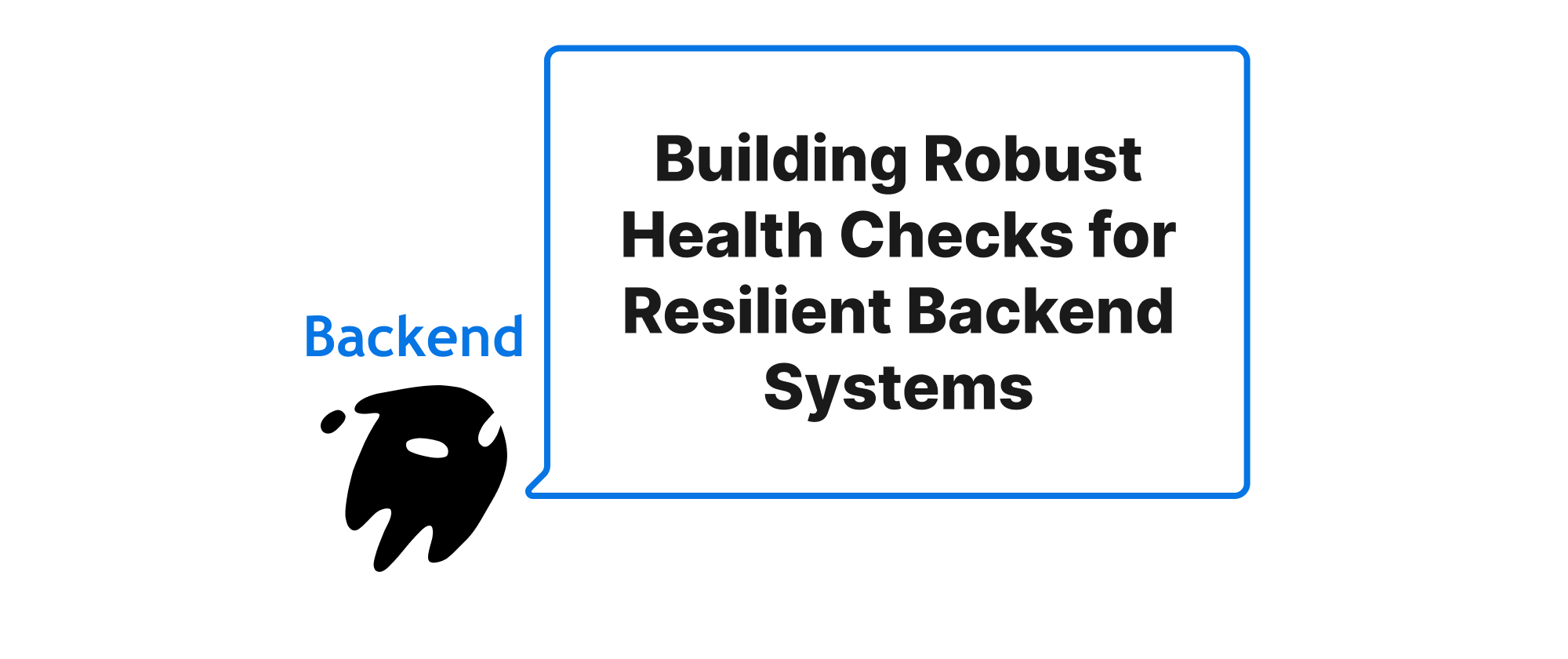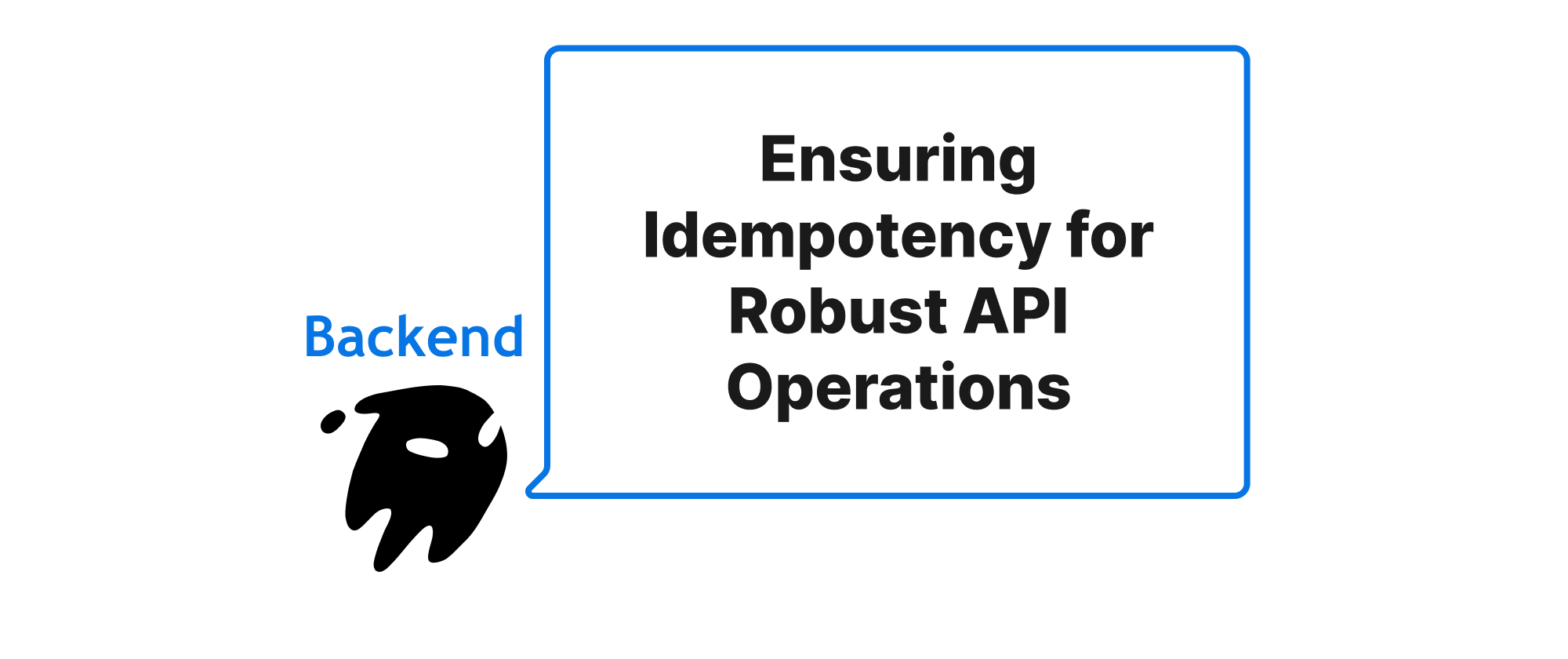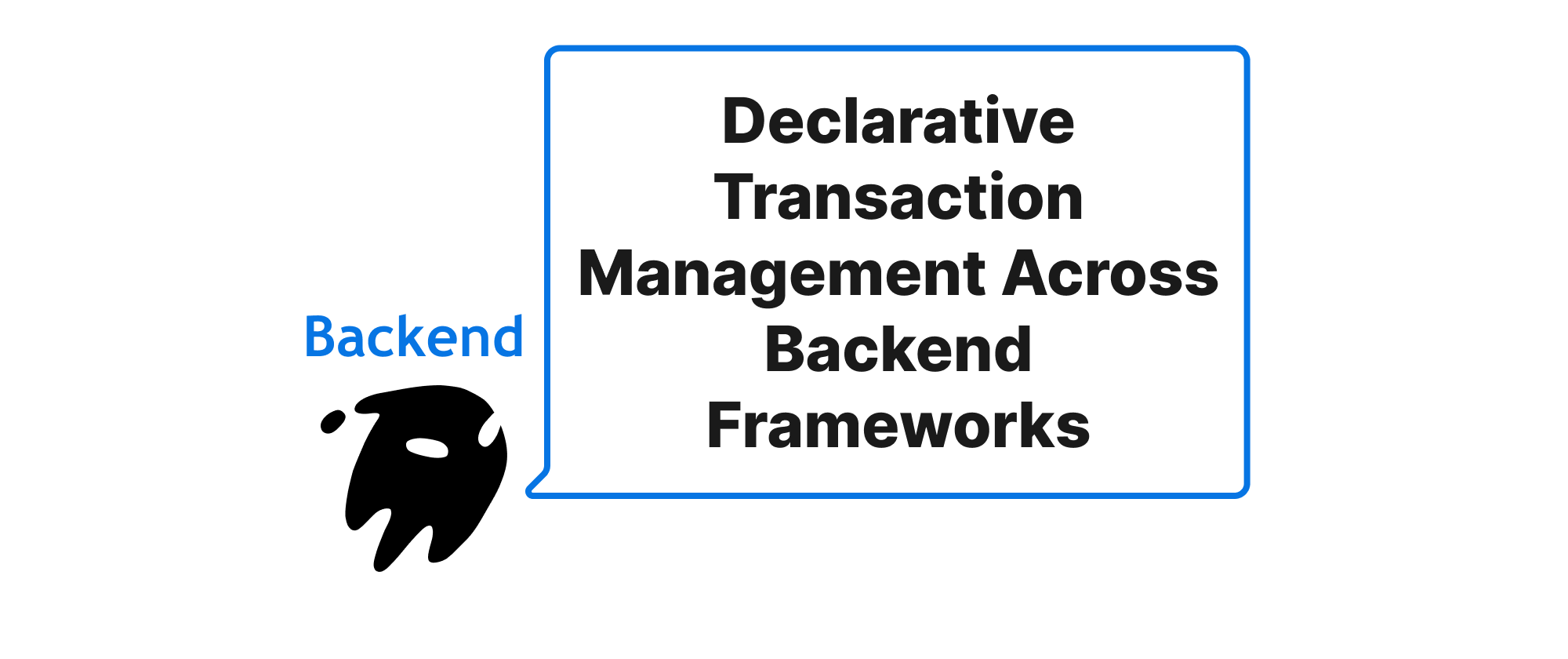Building Robust Health Checks for Resilient Backend Systems
Takashi Yamamoto
Infrastructure Engineer · Leapcell

Introduction
In the intricate world of backend development, robust systems are not merely a desire but a imperative. Services are interconnected, dependencies abound, and the silent failure of one component can cascade into widespread outages. How do we, as engineers, proactively monitor the pulse of our applications and ensure their continued vitality? The answer lies in well-designed and comprehensive health checks. These seemingly simple endpoints are the unsung heroes of system resilience, providing critical insights into the operational status of our services and their external dependencies. Without them, we're navigating a complex ecosystem blindfolded, waiting for user complaints to reveal deeply rooted problems. This article will explore the art and science of crafting effective health check endpoints, focusing specifically on how to assess the availability of databases, caches, and crucial downstream services, thereby laying the groundwork for a truly resilient backend.
The Foundation of System Awareness
Before we dive into implementation details, let's establish a common understanding of the core concepts that underpin effective health checks.
- Health Check Endpoint: A dedicated URI exposed by a service that, when queried, returns information about the service's operational status.
- Liveness Probe: A type of health check that determines if a service is actively running and responsive. If a liveness probe fails, the orchestrator (e.g., Kubernetes) might restart the container.
- Readiness Probe: A type of health check that determines if a service is ready to accept traffic. If a readiness probe fails, the orchestrator might temporarily remove the service from the load balancer.
- Dependency: Any external service or resource that your application relies on to function correctly. This commonly includes databases, caches, message queues, and other microservices.
- Availability: The percentage of time a system or component is operational and accessible to users.
- Mean Time To Recovery (MTTR): The average time it takes to recover from a product or system failure. Effective health checks significantly reduce MTTR.
The principle behind a robust health check is simple: it should provide a quick, lightweight snapshot of the service's ability to fulfill its primary functions, including its interaction with crucial dependencies. A basic health check endpoint might just return "OK," but a truly informative one will delve deeper into the health of its underlying components.
Let's consider a practical example using a Go application, a popular choice for backend services due to its performance and concurrency features. We'll build a /health endpoint that checks the status of a PostgreSQL database, a Redis cache, and a hypothetical downstream payment service.
package main import ( "database/sql" "encoding/json" "fmt" "log" "net/http" "time" _ "github.com/lib/pq" // PostgreSQL driver "github.com/go-redis/redis/v8" // Redis client ) // HealthStatus represents the overall health of the service. type HealthStatus struct { Status string `json:"status"` Dependencies map[string]DependencyStatus `json:"dependencies"` } // DependencyStatus represents the health of a single dependency. type DependencyStatus struct { Status string `json:"status"` Error string `json:"error,omitempty"` Duration int64 `json:"duration_ms,omitempty"` } // Global variables for database and Redis client (for simplicity, typically managed by DI). var ( dbClient *sql.DB redisClient *redis.Client ) func init() { // Initialize database connection connStr := "user=user dbname=mydb sslmode=disable password=password host=localhost port=5432" var err error dbClient, err = sql.Open("postgres", connStr) if err != nil { log.Fatalf("Error opening database connection: %v", err) } // Ping to verify connection immediately (optional but good practice) if err = dbClient.Ping(); err != nil { log.Fatalf("Error connecting to database: %v", err) } log.Println("Database connection established.") // Initialize Redis client redisClient = redis.NewClient(&redis.Options{ Addr: "localhost:6379", Password: "", // no password set DB: 0, // use default DB }) // Ping to verify connection immediately ctx, cancel := context.WithTimeout(context.Background(), 5*time.Second) defer cancel() _, err = redisClient.Ping(ctx).Result() if err != nil { log.Fatalf("Error connecting to Redis: %v", err) } log.Println("Redis connection established.") } func main() { http.HandleFunc("/health", healthCheckHandler) log.Fatal(http.ListenAndServe(":8080", nil)) } func healthCheckHandler(w http.ResponseWriter, r *http.Request) { overallStatus := "UP" dependencies := make(map[string]DependencyStatus) // Check Database dbStatus := checkDatabaseHealth() dependencies["database"] = dbStatus if dbStatus.Status == "DOWN" { overallStatus = "DEGRADED" } // Check Cache (Redis) cacheStatus := checkRedisHealth() dependencies["cache"] = cacheStatus if cacheStatus.Status == "DOWN" { overallStatus = "DEGRADED" } // Check Downstream Service (e.g., Payment Gateway) paymentServiceStatus := checkDownstreamService("http://localhost:8081/status") // Assuming a "/status" endpoint dependencies["payment_service"] = paymentServiceStatus if paymentServiceStatus.Status == "DOWN" { overallStatus = "DEGRADED" } // Determine HTTP status code httpStatus := http.StatusOK if overallStatus == "DEGRADED" { httpStatus = http.StatusServiceUnavailable // Or an appropriate 5xx code } healthResponse := HealthStatus{ Status: overallStatus, Dependencies: dependencies, } w.Header().Set("Content-Type", "application/json") w.WriteHeader(httpStatus) json.NewEncoder(w).Encode(healthResponse) } func checkDatabaseHealth() DependencyStatus { start := time.Now() err := dbClient.Ping() duration := time.Since(start).Milliseconds() if err != nil { return DependencyStatus{Status: "DOWN", Error: err.Error(), Duration: duration} } return DependencyStatus{Status: "UP", Duration: duration} } func checkRedisHealth() DependencyStatus { start := time.Now() ctx, cancel := context.WithTimeout(context.Background(), 2*time.Second) // Small timeout for health checks defer cancel() _, err := redisClient.Ping(ctx).Result() duration := time.Since(start).Milliseconds() if err != nil { return DependencyStatus{Status: "DOWN", Error: err.Error(), Duration: duration} } return DependencyStatus{Status: "UP", Duration: duration} } func checkDownstreamService(url string) DependencyStatus { start := time.Now() client := http.Client{ Timeout: 3 * time.Second, // Timeout for downstream service } resp, err := client.Get(url) duration := time.Since(start).Milliseconds() if err != nil { return DependencyStatus{Status: "DOWN", Error: err.Error(), Duration: duration} } defer resp.Body.Close() if resp.StatusCode >= 200 && resp.StatusCode < 300 { // For a more robust check, you might parse the downstream service's body if it's also a JSON health check. return DependencyStatus{Status: "UP", Duration: duration} } return DependencyStatus{Status: "DOWN", Error: fmt.Sprintf("Non-2xx status code: %d", resp.StatusCode), Duration: duration} }
The example above illustrates several key best practices:
- Granular Checks: Instead of a single "UP/DOWN" status, it reports the health of individual components. This allows for pinpointing exact failure points.
- Response Time: Measuring the duration of each dependency check helps identify slow dependencies that might be degrading performance even if they are technically "UP."
- Error Details: Including an
Errorfield provides valuable context for debugging. - Appropriate HTTP Status Codes: A 200 OK for a fully healthy service, and a 5xx status (e.g., 503 Service Unavailable) if critical dependencies are down or the service is degraded. This is crucial for load balancers and orchestrators to correctly interpret the service's state.
- Timeouts: Implementing strict timeouts for dependency checks prevents a slow or unresponsive dependency from blocking the health check endpoint itself.
- Asynchronous Checks (Advanced): For very complex services with many dependencies, you might consider running dependency checks concurrently using Go routines and channels to reduce the total response time of the health endpoint.
Application Scenarios
The insights gleaned from these health checks are invaluable across various operational contexts:
- Load Balancers: Tools like Nginx, HAProxy, AWS ELB, etc., use health checks to determine which instances can receive traffic. If an instance's health check fails, it's removed from the pool until it recovers.
- Container Orchestrators (e.g., Kubernetes): Kubernetes utilizes liveness and readiness probes to manage container lifecycle. A failed liveness probe triggers a container restart, while a failed readiness probe temporarily stops routing traffic to the container.
- Monitoring and Alerting: Integrating health check metrics into Prometheus, Grafana, or other monitoring systems enables dashboards that provide a real-time overview of system health. Alerts can be configured to fire when a dependency goes down, allowing teams to react proactively.
- Self-Healing Systems: In advanced scenarios, an automated system could interpret health check failures and trigger corrective actions, such as scaling up resources or initiating automated rollbacks.
A critical consideration is the frequency and weight of your health checks. A lightweight liveness probe might only check if the HTTP server is responding, whereas a more comprehensive readiness probe, like the one demonstrated, would extend to critical dependencies. Balancing thoroughness with performance is key – you don't want the health check itself to be a performance bottleneck.
Conclusion
Designing robust health check endpoints is an indispensable practice in modern backend development. They act as the nervous system of your distributed applications, providing crucial visibility into the availability and performance of databases, caches, and downstream services. By meticulously crafting these checks and integrating them into your operational tooling, you lay the foundation for highly resilient systems that can quickly detect, diagnose, and recover from failures, ensuring a smoother experience for your users and less operational overhead for your teams. Prioritize these vital diagnostics to build backend systems that are truly dependable.


